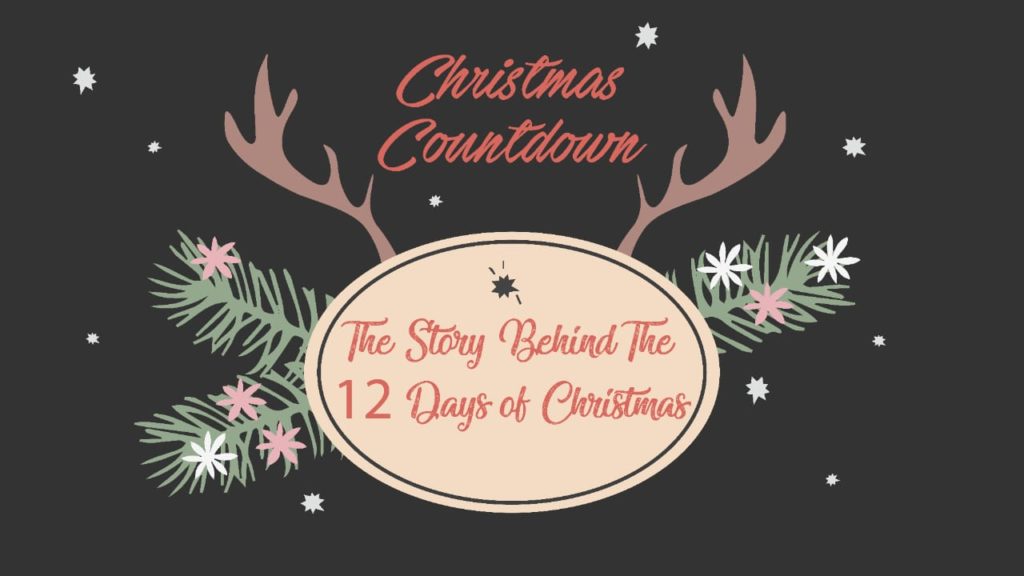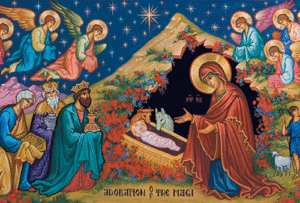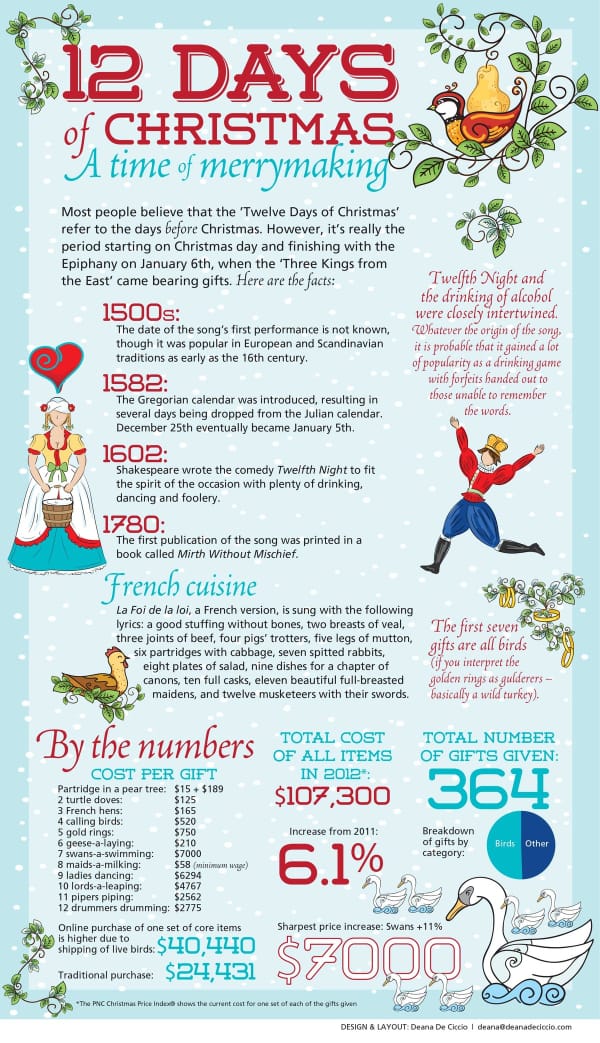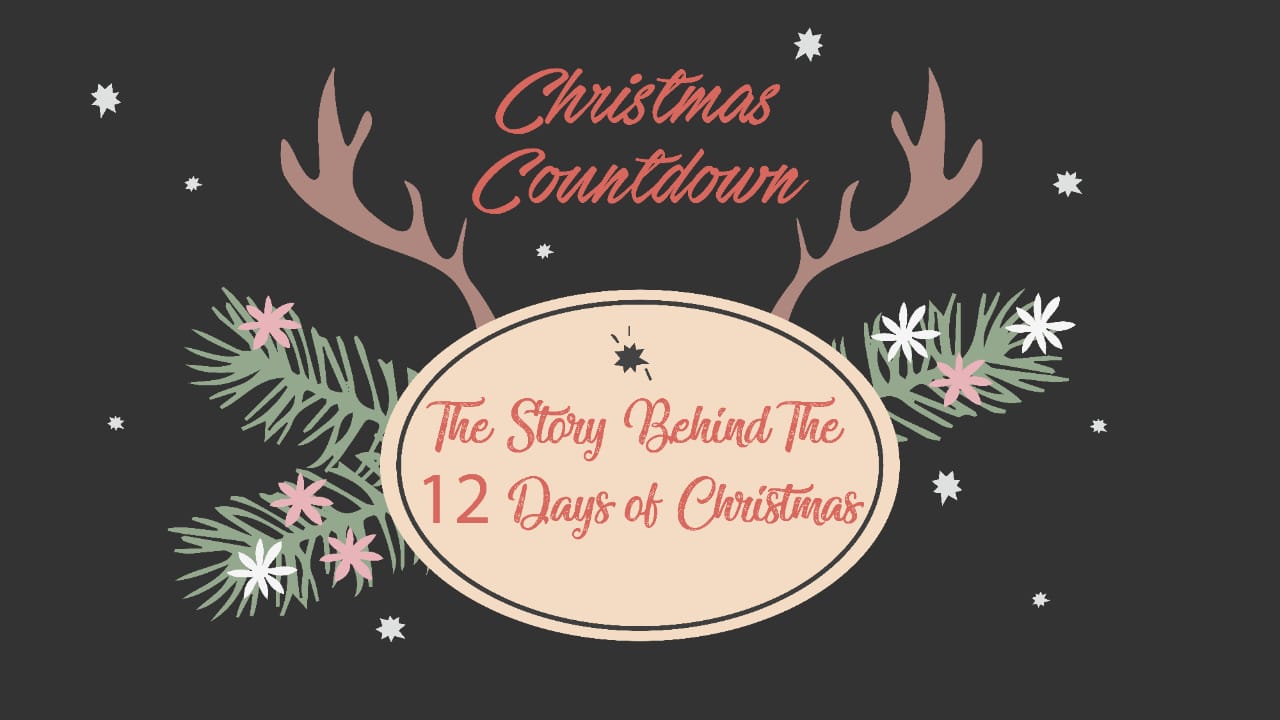
Tinkering bells, fairy lights, and trees decorated with red and green denote the arrival of Christmas. Amidst the melodies of the spirit of the season, “Merry Christmas!” messages are sent all around the globe, and colourfully wrapped presents are sent to loved ones. With Christmas carols ringing in your ears, the phrases “four calling birds” and “six geese a-laying” are not something unheard of. While most people return to their normal lives on Boxing Day, which is the first working day after Christmas, Christian theology describes the 12 days after Christmas as the span between the day Christ was born (25 December) and when the Magi, the three wise men arrive (6 January). This day is also called the Epiphany, or the Three Kings’ Day, as the day when the manifestation of Christ’s glory was realised.
Magi, the Mysterious and Sagacious Men
The existence and testimony of Magi have been involved and disputed, with them appearing only in Matthew of the four canonical Gospels. Earlier Christian accounts tend to answer some of these unanswered questions. The Revelation of Magi is one such extraordinarily detailed and vivid account. In its rich but complex narrative, it spoke about a star that would signify the birth of God in human form. These wise men who guarded the ancient prophecy lived at the eastern edge of the world. The narrative is the first in Christian writings to talk about these mystical sages, their journey to Bethlehem and the events that follow.

Despite such clouded and disputed claims surrounding Magi, some families mark the 12-day celebration by organising feasts for different saints. For instance, 26th December is celebrated as the feast for St. Stephens. But what the ‘12 Days of Christmas’ resonate the most is the Christmas carol of the same name.
The Carol
For those who don’t know, the carol dates back to 18th-century England, as a memory-and-forfeit game sung by British children. The best known English version was first printed in 1780 in a little book intended for children, Mirth without Mischief, as a Twelfth Night game.
Although we associate the 12 Days of Christmas (also known as twelvetide) with these verses, it is also reported to be a song taught to children in their Catholic catechism. From the 16th to 19th century, Catholics were persecuted in Protestant England. These verses helped children learn the tenets of their faith while avoiding being faced with violence.
According to the Christian Resource Institute, the ‘true love’ mentioned in the song refers to God Himself. The ‘me’ refers to every baptised person who is part of the Christian Faith, and each of the ‘days’ represents some aspect of the Christian Faith that was important for children to learn.
Historians, however, have somewhat rejected this theory, which has found its way among masses via the internet. Late and celebrated historian William Studwell, who has been known around the world for his expertise on Christmas carols, also rejected the theory saying via a press release of the Northern Illinois University, “First, Catholics of that era were not terribly persecuted so there would have been little need for their teachings to have been secretive.” Studwell and other researchers have not yet been able to correlate the 12 gifts to Catholic Catechism further blurring out the history behind the carol.

The song now is a kids’ memory-and-counting game, and other versions like spin-the-bottle came up, with the loser owing a kiss, more like a musical mistletoe. Some even say it was a love song written for a man trying to woo his lady love. If you wanted to impress your true love by amassing all 364 items in 2018–the number of the items as repeated throughout the song over and over (and over)–you’d have to shell out $170,609.46, which is a whopping amount of ₹1,23,41,035.
The real 12 Days of Christmas are not crucial because of the celebrations or vigour, but that they give us a way of reflecting on what the incarnation means in our lives. The symbolism in the carol—true or not—gives us a chance to retrospect into our beliefs and make an impact on our lives.
Sources: Mental Floss, BBC News, Forbes, Vox
Design credits: Naman Jain and Mayank Kashyap
Amal Humayoon and Rishi Kant for MTTN

Leave a Reply
You must be logged in to post a comment.